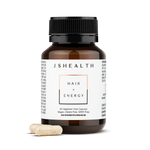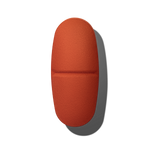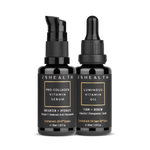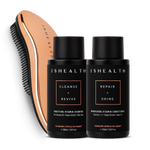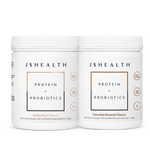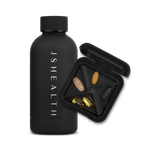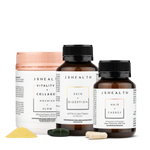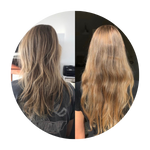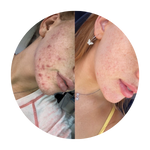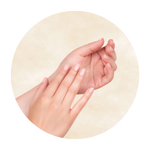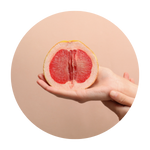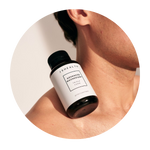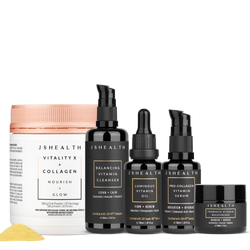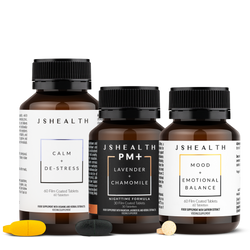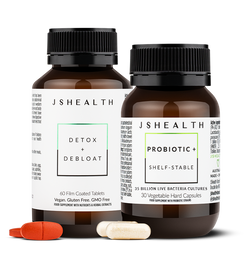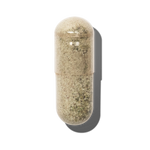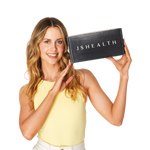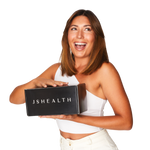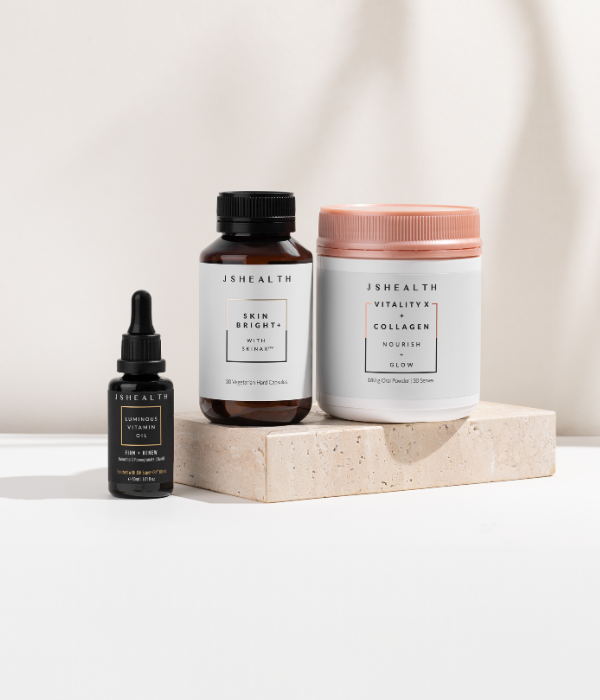Tampons, Pads or Menstrual Cup? How to find your perfect period match!
The vaginal canal is an important, yet understudied route of chemical exposure. Feminine personal care products are used by many to manage menstruation and vaginal discharge. Use of poor-quality materials have been shown to expose women to a higher risk of infections.
It’s important for those that get their periods, to have access to effective, safe and affordable menstrual products.
We cover 3 common options so you can weigh up what works best for your period needs and be aware of choosing the safest varieties. Now, it’s time to meet your match!
Tampons
Tampons can potentially be a source of chemical exposure. Most tampons are made from cotton or a blend of cottons, although some are made from rayon (agricultural products). Women who use tampons may be exposed to metals and or pesticides if the cotton was grown in soil contaminated with metal or if pesticides were applied to the cotton used in tampons.
When choosing a tampon, it’s important to go with a brand that is 100% cotton, made with no chemicals, synthetics, dye or plastics.
Cups
Menstrual cups are inserted into the vagina to collect 10-38ml of blood. The cup should be emptied every 4-12 hours depending on the heaviness of the flow and type of cup. Menstrual cups can be made from silicone, rubber, latex or elastomer and can last up to 10 years.
A systematic review and meta-analysis shows that menstrual cups are a safe option to use during menstruation and are being used globally.
A randomised control trial aimed to determine whether menstrual cups are a feasible alternative to tampons. The cups were well tolerated and have the potential to be a sustainable solution to menstrual management with cost savings and reduced negative impact on the environment.
Pads
Sanitary pads for menstrual management have a layered design which is made of a top sheet (fluit permeable surface), an absorbent core and an impermeable backing with an adhesive to attach to the underwear. Most sanitary pads use a cellulose-based core. There are also some scented versions which contain a small amount of perfume between the backsheet and the undersurface of the core.
It’s important to choose pads and liners that are made with pure certified organic cotton that are ultra absorbent and FSC (global forest certification) certified. This is a global system to guarantee that forest products come from responsibly managed sources. Pads to choose are ideally 100% biodegradable and free from chlorine and dioxin bleach.
Looking for period support?
Try our Menstrual Kit! This trio includes our selected formulas Hormone + PMS Support, Detox + Debloat, and Magnesium+ to support overall healthy reproductive hormones, symptoms of PMS, digestive health, and nervous system function.
References:
Singh, J., Mumford, S.L., Pollack, A.Z. et al. Tampon use, environmental chemicals and oxidative stress in the BioCycle study. Environ Health 18, 11 (2019).
Van Eijk AM, Zulaika G, Lenchner M, et al. Menstrual cup use, leakage, acceptability, safety, and availability: a systematic review and meta-analysis. Lancet Public Health. 2019;4(8):e376-e393.
Howard C, Rose CL, Trouton K, et al. FLOW (finding lasting options for women): multicentre randomized controlled trial comparing tampons with menstrual cups. Can Fam Physician. 2011;57(6):e208-e215.
Kara E. Woeller, Anne E. Hochwalt, Safety assessment of sanitary pads with a polymeric foam absorbent core. Regulatory Toxicology and Pharmacology. 2015;73(1):419-424
